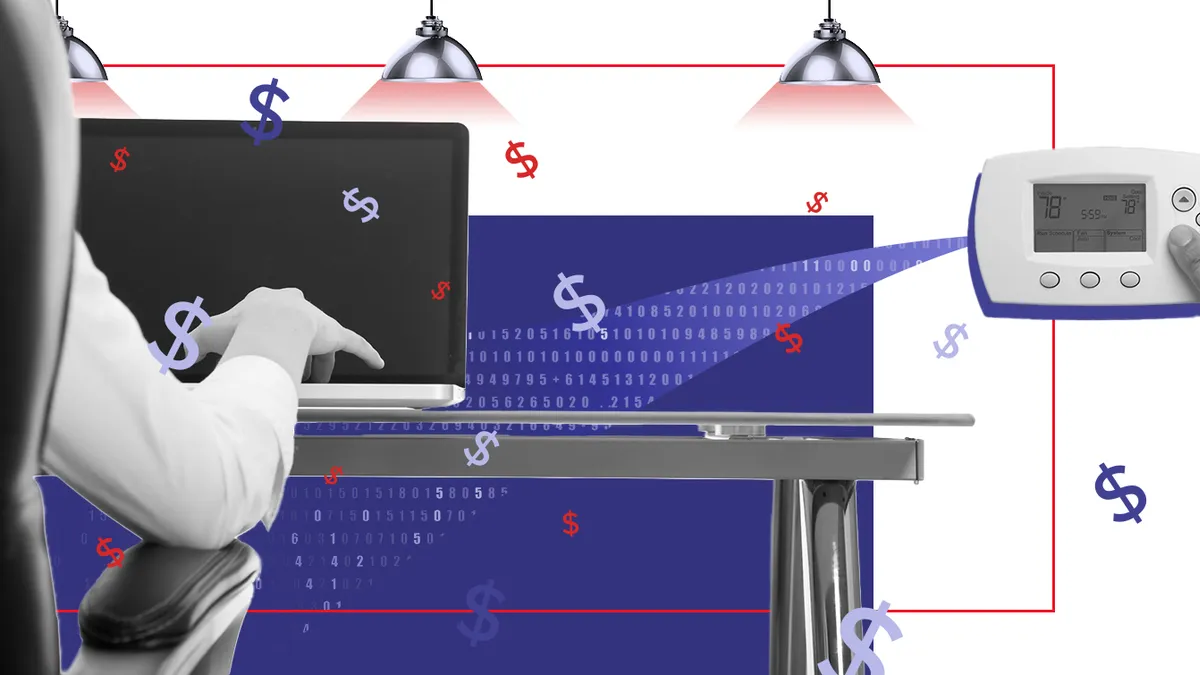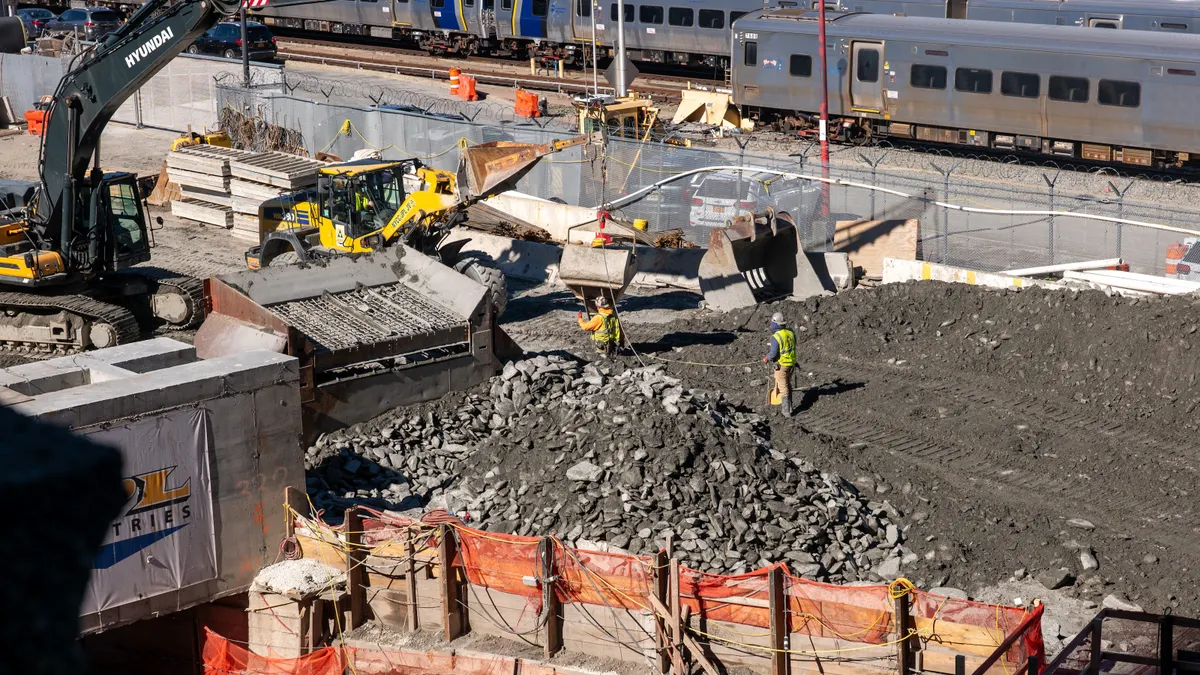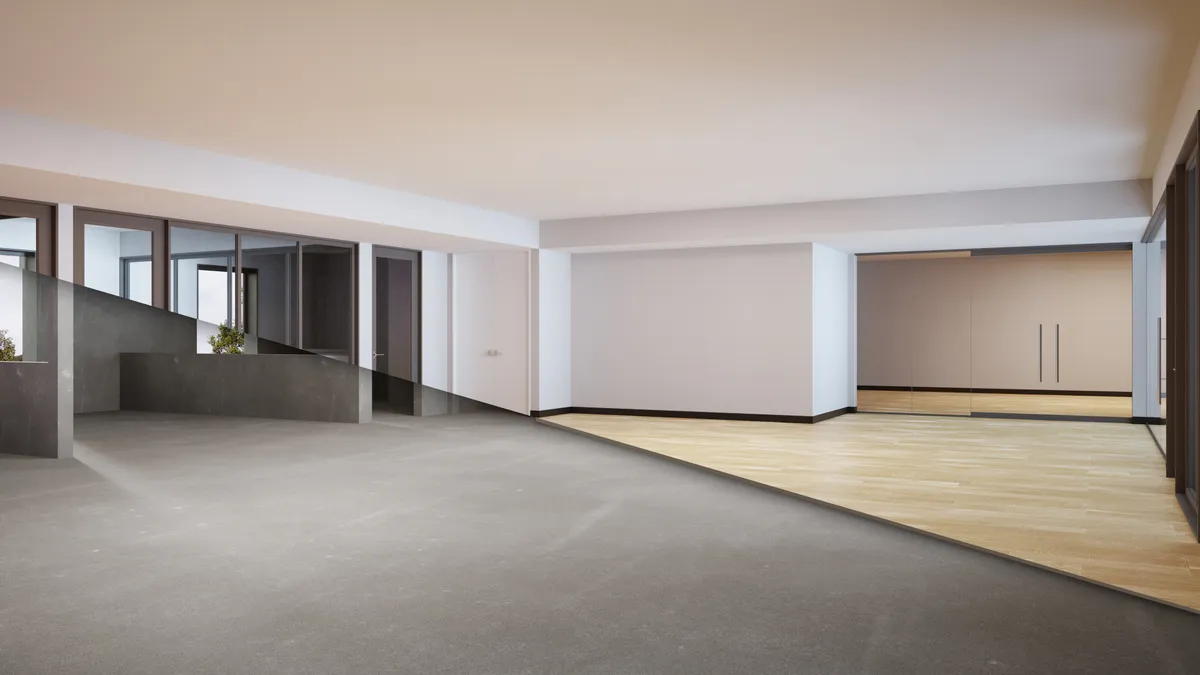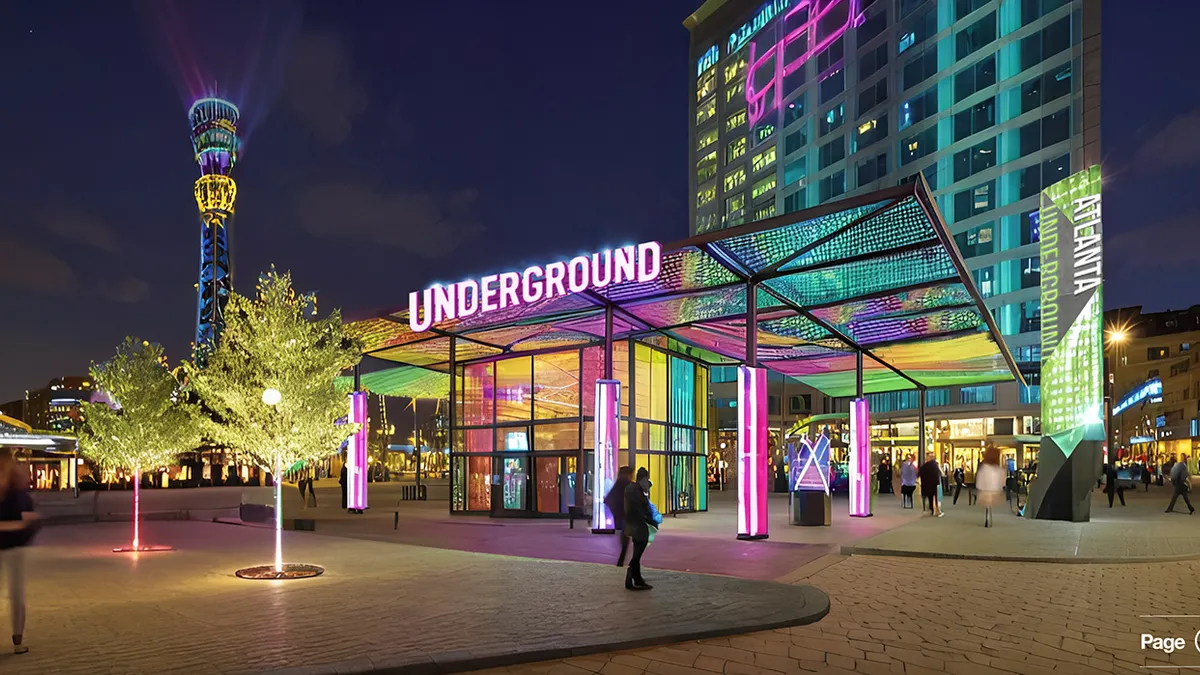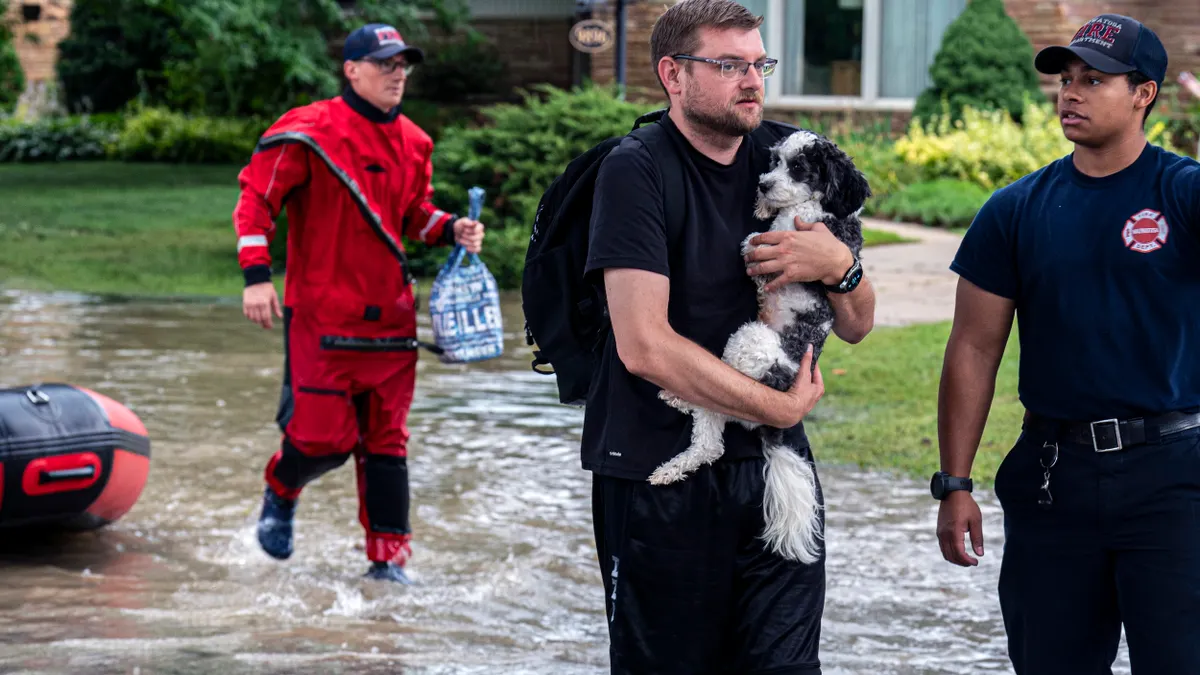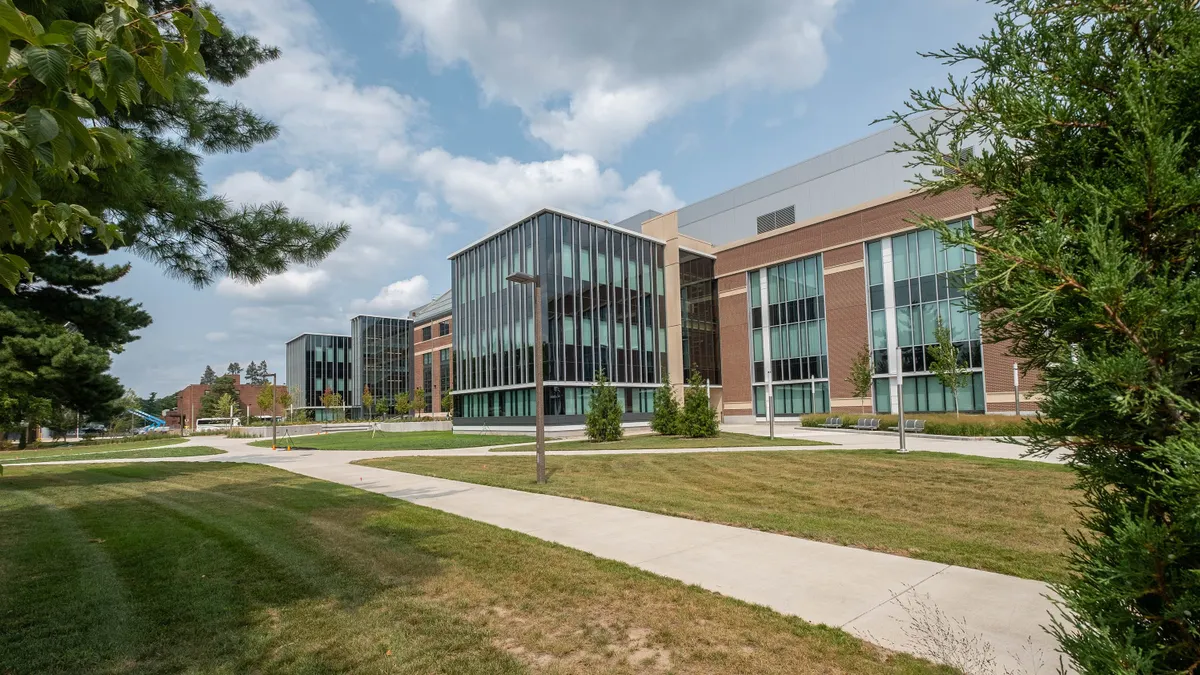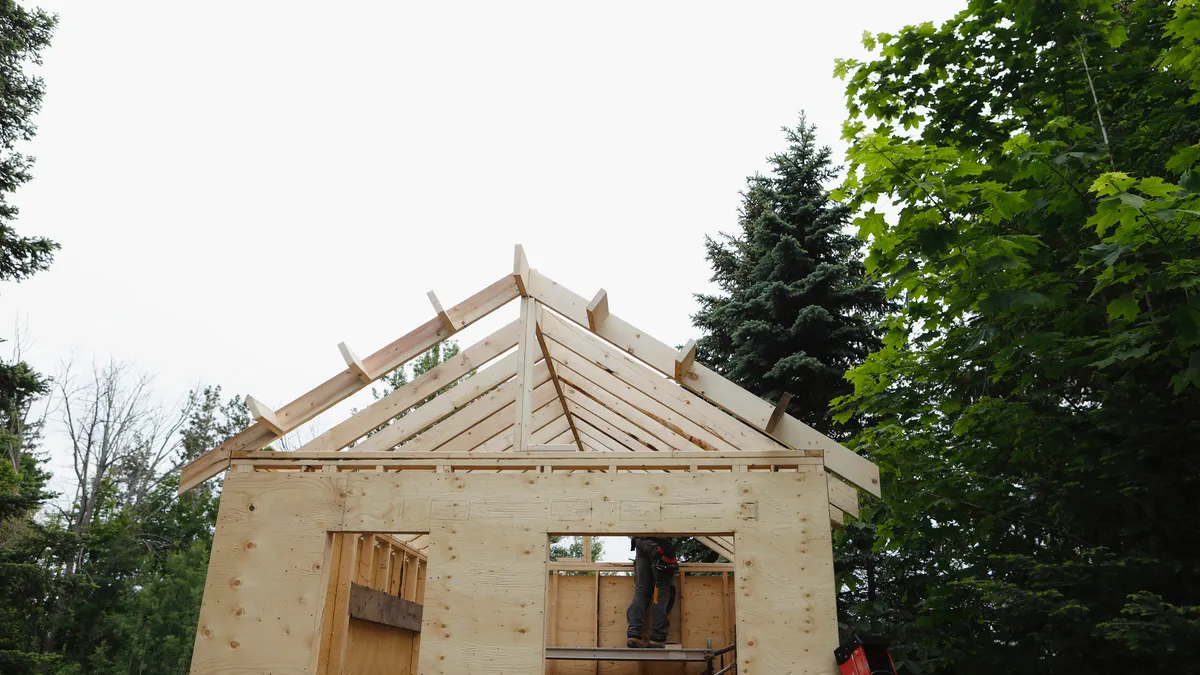The proliferation of new technologies has transformed areas of mobility and software into comprehensive service offerings to bolster operations. Now, public sector entities are leading the charge on a tech-driven service offering that's been bubbling under the surface for decades: Energy Efficiency as a Service (EEaaS).
Under EEaaS, businesses and governments can underwrite the up-front costs of energy efficiency upgrades, then pay for them with the savings they get from those upgrades over the course of a long-term financial contract. Those upgrades are typically in the areas of lighting, air conditioning (HVAC) and energy management.
As an alternative funding mechanism, forms of EEaaS have existed for decades. But in contrast to typical innovation trends, the public sector is pushing ahead on EEaaS as private companies try to catch up.
Companies may be reluctant to make energy efficiency investments amid tightening budgets due to the COVID-19 pandemic, but with recovery showing the increasing need for climate action and safe air quality, EEaaS could present opportunities for growth, according to experts.
"Much of the world is shifting their focus to explore how to be part of the clean energy economy, and they're realizing that it's cost efficient," said Lisa Brown, senior director for municipal infrastructure and smart communities at Johnson Controls. "They're realizing it's good for the planet… It's part of their narrative now."
Sectors' evolution
Steve Herzog, CEO of energy developer Greener Solutions, said the public sector's lead on EEaaS was driven partly by the incremental tightening of local budgets over the last few decades, which forced city leaders to get more creative in how they could finance capital improvements.
"If you look at what happened to the government sector 20 years ago, [it] basically was like, 'Oh my God, we don't have enough money in our budgets to continue to fund different energy projects,'" Herzog said.
Public schools, too, have seen the benefit of EEaaS. Hillsborough County Public Schools in Florida, the eighth-largest public school district in the U.S., entered a 25-year contract with Minimise Global to revamp its energy management, add LED lighting and more efficient HVAC systems, with a view to incorporating rooftop solar.
That project, which Minimise says is the largest of its kind in the world, saves the school system $4 million a month and will ultimately result in $850 million in total energy cost reductions, CEO Dan Badran said. In 2018 alone, the company generated a rebate of $1.7 million to the school district through energy savings, and plans to expand the model to school districts elsewhere.
"All these initiatives around sustainability are being driven by consumers, asking their vendors to be more sustainable and to be more conscious of the impact their businesses are having."

Casey Herman
U.S. Energy Advisory Services leader for power and utilities, PriceWaterhouseCoopers
The private sector is now looking to tap into the energy saving advantages of EEaaS. This push is driven in part by investor and consumer pressures to follow growing business trends in cutting emissions and decarbonizing operations, said Casey Herman, PriceWaterhouseCoopers U.S. Power & Utilities leader.
"All these initiatives around sustainability are being driven by consumers, asking their vendors to be more sustainable and to be more conscious of the impact their businesses are having," Herman said, noting that change has happened "very slowly."
While many businesses have emphasized their emissions reduction efforts for years, they have done that by highlighting investments in renewable energy portfolios or in other, more public-facing ways, Herman said. Now, with investors looking for more solid actions, energy efficiency has taken on new importance.
Robert Johnson, senior vice president of climate change solutions investment company Hannon Armstrong, said the public sector often has a leg up on the private sector as the tenor — the length of time on a financial contract like EEaaS — is far longer for government clients. Typically, the federal government can have a tenor of 25 years on a project, whereas the more profit-driven private sector may only go for five or 10 years.
Hannon Armstrong's efforts to boost energy efficiency at the U.S. Marine Corps Recruit Depot at Parris Island, SC, for example, resulted in a $85 million resiliency project financed over 22 years. That project included the addition of storage capacity, solar and 29,000 LED lights on the base. With shorter tenor in the private sector, a project's scale could be limited, Johnson said.
"It's a broad generality, but you can do lighting, and some generally light HVAC systems under that type of tenor, but doing large, very capital intensive projects, that becomes more problematic under those tenor constraints," Johnson said.
Simplified monitoring
The evolution of the energy efficiency market has accelerated due to the proliferation of technology to help verify energy cost savings. Experts say it's come a long way from previous decades, when changes to work and savings were difficult to monitor.
"Think about big box retailers. Before, they had rooftop systems with a control point ... that was available to the store manager or store employees," Johnson said. "They used to have the thermostat under this plastic key-locked box. But no one could really mess with it unless you had the key. Well, most of those now are going away. And what's happening is all that's being monitored remotely."
This has been seen commonly with energy-efficient LED lights, which have increasingly been installed in streetlights. With internet of things (IoT) technology helping to remotely monitor energy usage, LEDs are a cost-effective way to save energy, according to experts.
It is a similar story with air conditioning, which is a major drain on finances and energy consumption, and is expensive to replace. To tackle this problem, OhmConnect CEO Cisco DeVries, a former aide to the U.S. Secretary of Energy, designed a program called Property Assessed Clean Energy (PACE).
PACE enables building owners to finance energy efficiency improvements through an increase in that building's property taxes over a set period of time, generally over five to 25 years, to avoid major expenditures up front. If an owner is seeking HVAC upgrades and the installation of solar panels, for example, that kind of modeling is key, DeVries said.
"You can pretty quickly say [to clients], if you got rid of that air conditioning system from 20 years ago and installed a new, highly efficient one and fixed up your [air] ducts, you would save a ton of money and a ton of energy," DeVries said. "But the up-front costs, maybe $20,000, maybe $25,000, is too much for most people to just pay for."
DeVries' company OhmConnect is a free service that pays California residents — particularly customers of utilities Pacific Gas and Electric (PG&E), Southern California Edison (SCE) and San Diego Gas and Electric (SDG&E) — to lessen their energy use when the electrical grid is under stress.
Remote monitoring capabilities enabled OhmConnect to leverage this service and remotely turn off customers' energy during recent power blackouts in California, intended to reduce the risk of wildfires. Those efforts resulted in energy savings of 220 megawatt hours in just one day, DeVries said, with that energy returned to the grid to reduce strain.
With these IoT-driven solutions, experts say it will be imperative for building owners and cities to invest properly in data management software that can help to analyze energy savings data and insights. Those offerings are improving too, Herman said.
"Whether it's adjusting settings or whether it's turning things on and off, whether it's accumulating data across multiple facilities, data warehouses and data management has made that cheaper and more effective," Herman said. "Twenty years ago, you had more efficient equipment and that was it."
A post-COVID acceleration?
The long-term impacts of the COVID-19 pandemic on energy efficiency efforts for both the public and private sectors is unclear, experts say. In the short term, however, the pandemic has resulted in a major slowdown of energy efficiency projects as building owners look to tighten their belts, Herzog said.
"When COVID came in, you would think that because of the financial pressures on everybody that it would actually help the case. At least from what I've seen, most buildings are not comfortable letting people back in," Herzog said.
EEaaS could take on more importance amid pandemic recovery, Brown said. While cities may have been risk averse in the past when financing the retrofits needed to reduce building emissions, Brown said this could give them new urgency to invest.
"From a municipal and local government standpoint in the United States, it was more that people were intrigued, but not committed," Brown said. "Now that COVID hit, it ramped up the need to look at various other alternative financing mechanisms, just because of the budget shortfalls all these folks have."
Procuring the technologies needed to make buildings sanitary and safer post-COVID may also encourage cities to find alternative funding mechanisms for these kinds of expenditures. Features like better ventilation, effective heating and cooling, and tools to track social distancing must all be energy efficient to help ease operating costs.
"Overall, connection and remote control is probably much more top of mind than it was, say, six months ago," Brad Pilgrim, CEO of energy management firm Parity, said. "The pandemic has shone a pretty big light on the importance of having good air quality in our buildings, having remote access and control, and limiting the amount of people that are going into a building and letting people do things remotely."



